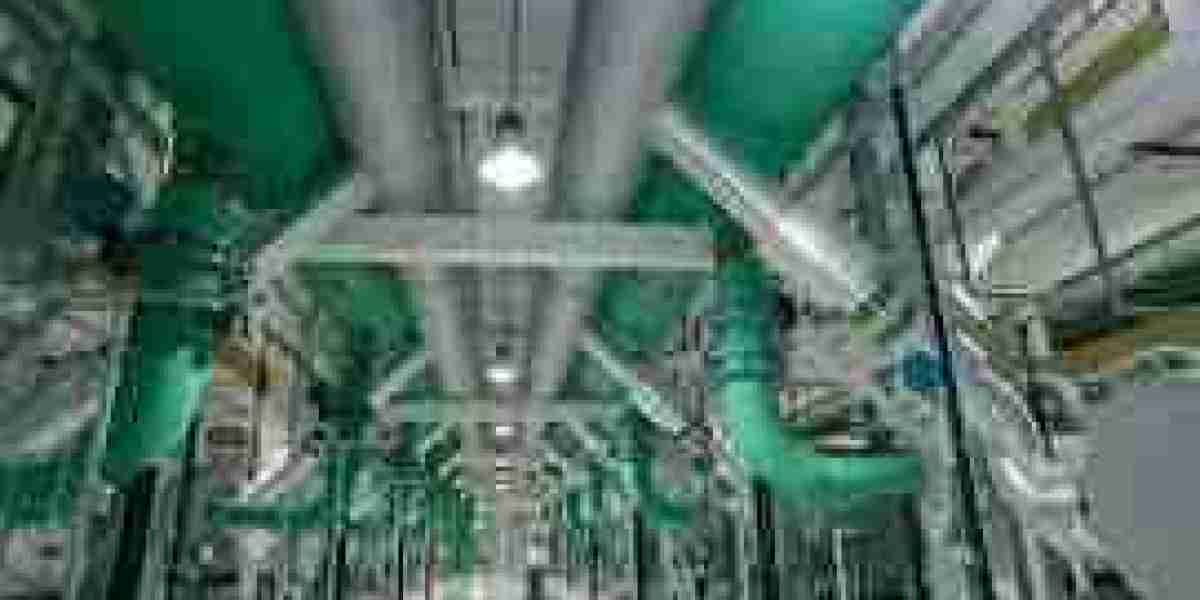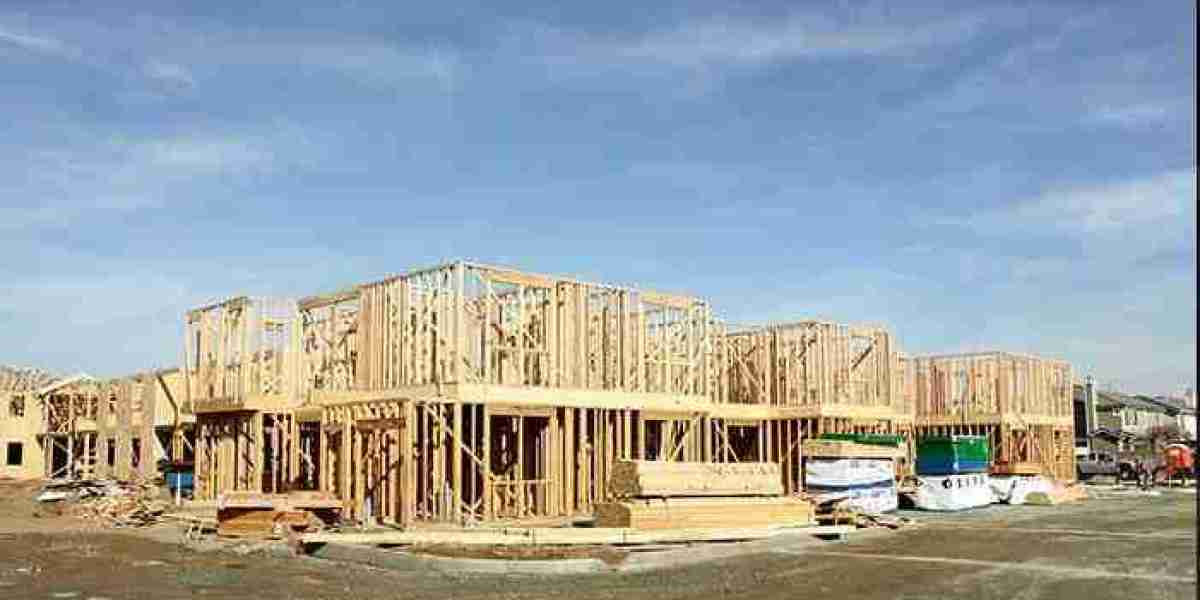The global district cooling market is undergoing a transformative shift towards sustainability and energy efficiency. A pivotal development in this evolution is the integration of cold energy recovery systems, which harness and repurpose surplus cold energy from various sources to enhance the performance and environmental footprint of district cooling networks.
Understanding Cold Energy Recovery in District Cooling
Cold energy recovery involves capturing excess cold energy from natural or industrial processes and redirecting it into district cooling systems. This approach not only optimizes the use of available energy but also reduces the need for additional cooling generation, leading to significant energy savings and a decrease in greenhouse gas emissions.
In district cooling systems, chilled water is produced centrally and distributed through an insulated underground network to multiple buildings for air conditioning. By integrating cold energy recovery, these systems can utilize low-temperature sources such as seawater, deep lake water, or waste heat from industrial processes to supplement or replace traditional cooling methods.
Technological Innovations Driving Cold Energy Recovery
Several technological advancements are facilitating the adoption of cold energy recovery in district cooling systems:
Phase-Change Materials (PCMs): PCMs store and release cold energy as they transition between solid and liquid states. In Singapore's Changi Business Park, a PCM-based thermal energy storage system has been implemented, demonstrating up to three times the energy carrying capacity of conventional systems and yielding over 10% annual cost savings .
Deep Lake Water Cooling Systems: Toronto's Deep Lake Water Cooling System utilizes the cold temperature of deep lake water to provide cooling to downtown buildings. This system reduces electricity use by 75% and may eliminate up to 40,000 tonnes of carbon dioxide emissions annually .
Seawater-Based Cooling: In Copenhagen, Denmark, the Greater Copenhagen Utility Company employs seawater to chill water supplied to customers during winter months, achieving zero-carbon cooling. This method has led to a 70% reduction in cooling emissions compared to conventional methods .
Global District Cooling Market: Production Capacity and Outlook
The global district cooling (DC) market is experiencing significant growth, driven by urbanization, rising temperatures, and a shift towards sustainable energy solutions. District cooling systems, which centrally produce and distribute chilled water for air conditioning, are becoming increasingly prevalent in cities worldwide. This growth is particularly evident in regions such as the Middle East, North America, and Asia-Pacific.
Market Size and Growth Projections
As of 2024, the global district cooling market was valued at approximately USD 29.8 billion. Projections indicate substantial growth, with estimates suggesting the market could reach USD 53.3 billion by 2033, reflecting a compound annual growth rate (CAGR) of around 6% during the forecast period . This expansion is attributed to factors such as increased urbanization, higher energy demands, and a global emphasis on reducing carbon emissions.
Environmental and Economic Benefits
The integration of cold energy recovery into district cooling systems offers numerous advantages:
Reduction in Greenhouse Gas Emissions: By utilizing renewable or waste-derived cold sources, these systems decrease reliance on fossil fuels, leading to lower carbon emissions .
Energy Efficiency: Cold energy recovery allows for the optimization of cooling processes, reducing energy consumption and operational costs. For instance, the use of thermal energy storage systems enables load leveling, shifting cooling demand to off-peak hours when energy is less expensive and more abundant .
Cost Savings: Implementing cold energy recovery technologies can result in substantial cost reductions for building owners and operators by lowering energy bills and maintenance expenses.
Enhanced Grid Stability: By decreasing peak electricity demand, these systems contribute to the stability and reliability of the power grid.
Challenges and Considerations
Despite the promising benefits, the adoption of cold energy recovery in district cooling systems faces several challenges:
High Initial Capital Investment: The infrastructure required for cold energy recovery systems, such as pipelines and heat exchangers, entails significant upfront costs. This financial barrier can deter investment, especially in regions with limited funding availability .
Regulatory and Policy Barriers: The absence of supportive policies and incentives can hinder the development and implementation of cold energy recovery projects. Clear regulations and government support are essential to facilitate growth in this sector .
Technical and Operational Challenges: Integrating cold energy recovery systems requires advanced technology and expertise. Ensuring the reliability and efficiency of these systems necessitates ongoing research and development.
Future Outlook
The future of district cooling lies in the widespread adoption of cold energy recovery technologies. As urbanization accelerates and the demand for cooling increases, integrating sustainable and efficient cooling solutions becomes imperative. Cold energy recovery not only addresses environmental concerns but also offers economic benefits, making it a viable option for modern cities.
Continued innovation, supportive policies, and strategic investments are crucial to overcoming existing challenges and realizing the full potential of cold energy recovery in district cooling systems. By embracing these technologies, cities can move towards a more sustainable and energy-efficient future.




